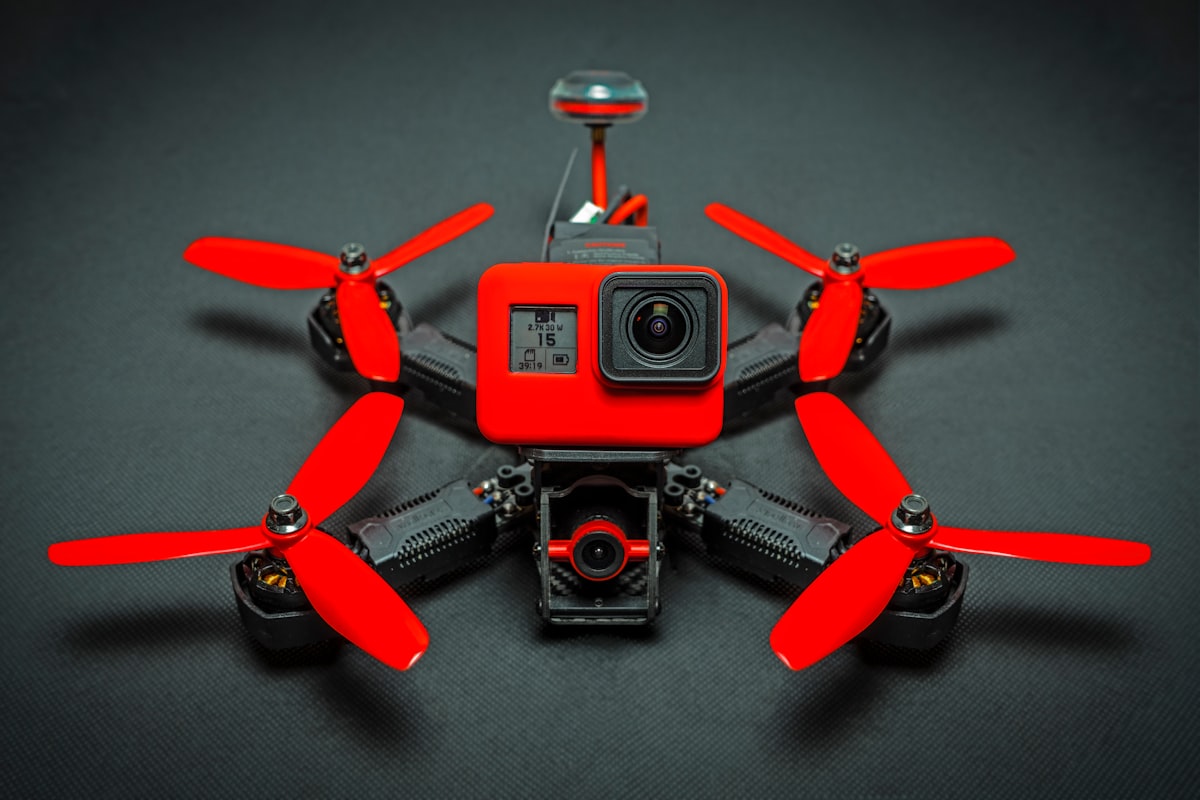When selecting FPV drone kits, you’ll come across terms such as BNF, RTF, and PNP. Understanding these acronyms is essential as they help you make a knowledgeable choice by indicating what components and equipment come with each FPV drone kit.

In the First Person View (FPV) drones, newcomers stand at a crossroads between choosing PreBuilt drones that come ready to fly or diving into the detailed, intricate process of building a Custom Built drone. This choice is more than a matter of convenience; it influences how pilots interact with the technology, understand the mechanics, and ultimately experience the thrill of FPV flying.
Unpacking the Options: RTF, BTF, PNP, ARF
To make an informed decision in the FPV drone market, it’s essential to understand the different types of drone packages available:
- RTF (Ready-to-Fly): These drones are the most user-friendly option, perfect for beginners. They come fully assembled with all necessary components, including the transmitter and sometimes FPV goggles. RTF drones offer a quick and straightforward path to getting airborne, ideal for those who want to start flying without dealing with assembly or component compatibility.
- BTF (Bind-to-Fly): BTF drones are almost complete but require the pilot to bind (pair) the drone to their own transmitter (controller). This allows for some level of customization in choosing a controller that may offer better features, distance, ergonomics, or compatibility with other drones. However, like RTF, the drone itself comes assembled, so the educational aspect of the building is missing.
- PNP (Plug-and-Play): These kits are suitable for intermediate users who have some experience with drones. PNP kits come without a receiver, requiring the pilot to install one themselves. This setup provides more flexibility in integrating a receiver that matches the pilot’s existing transmitter (controller) and other gear but still skips much of the building process.
- ARF (Almost Ready-to-Fly): For those who truly want to dip their toes into assembling drones, ARF kits are the way to go. They come partially assembled with some major components like motors, ESCs (Electronic Speed Controllers), or even the frame needing to be purchased and installed separately. ARF kits offer a great balance, giving pilots significant involvement in the build without starting from scratch.
Advantages of PreBuilt Drones
The primary advantage of RTF and BTF drones lies in their immediacy and ease of use. These models are ideal for those who:
- Are new to drone flying and want to avoid the steep learning curve of building.
- Prefer to have a guaranteed, professionally assembled setup that minimizes initial technical challenges.
- Desire to focus more on flying skills rather than building skills initially.
These drones let pilots bypass the potential frustrations of early building errors and quickly gain flying experience. “Almost” any PreBuilt drone can be replicated by selectively purchasing individual parts and assembling them yourself, frequently resulting in similar overall expenses. This parity in pricing means that your choice can freely be guided by preference for convenience or customization, rather than cost alone.
The Thrill of Custom Built Drones
Building a drone from the ground up is about more than just putting parts together; it’s an educational journey that brings a deeper understanding of the mechanics and electronics involved. Custom building allows enthusiasts to:
- Choose each component based on specific preferences or performance requirements, creating a truly optimized machine.
- Develop a thorough understanding of how each part functions, which simplifies troubleshooting and repairs.
- Engage with the FPV community on a deeper level, sharing insights and custom build tips.
The Middle Way: BTF and PNP
BTF and PNP drones strike a balance, offering some degree of customization without the full commitment of a complete build. These options are particularly appealing to:
- Pilots who have specific preferences for certain components like transmitters or receivers but do not wish to assemble the more intricate parts of the drone.
- Those looking to gradually step into the building aspect of the hobby by starting with a simpler project.
Making the Right Choice
Choosing between PreBuilt and Custom Built depends on your goals, experience level, and the joy you derive from various aspects of the hobby. If the technical challenge and customization are what draw you to FPV flying, then building a drone from scratch will likely be the most rewarding. However, if your primary interest lies in the flying itself or if you’re just starting, then an RTF or BTF drone could be the ideal starting point.
Each path offers its own rewards: the accessibility and ease of PreBuilt options and the deep satisfaction and personalized performance of Custom Builds. Whichever route you choose, the FPV community is an invaluable resource, rich with expertise and enthusiasm to help you soar to new heights. Whether you’re executing tight maneuvers in an FPV race or capturing breathtaking aerial footage, the thrill of FPV flying is an unparalleled experience.














